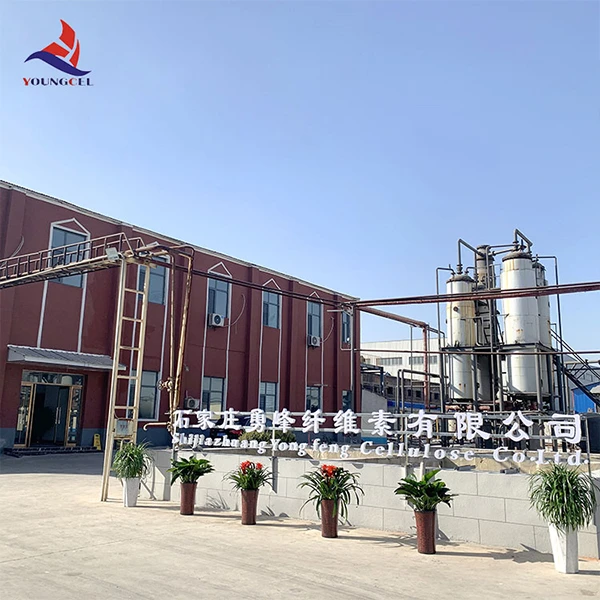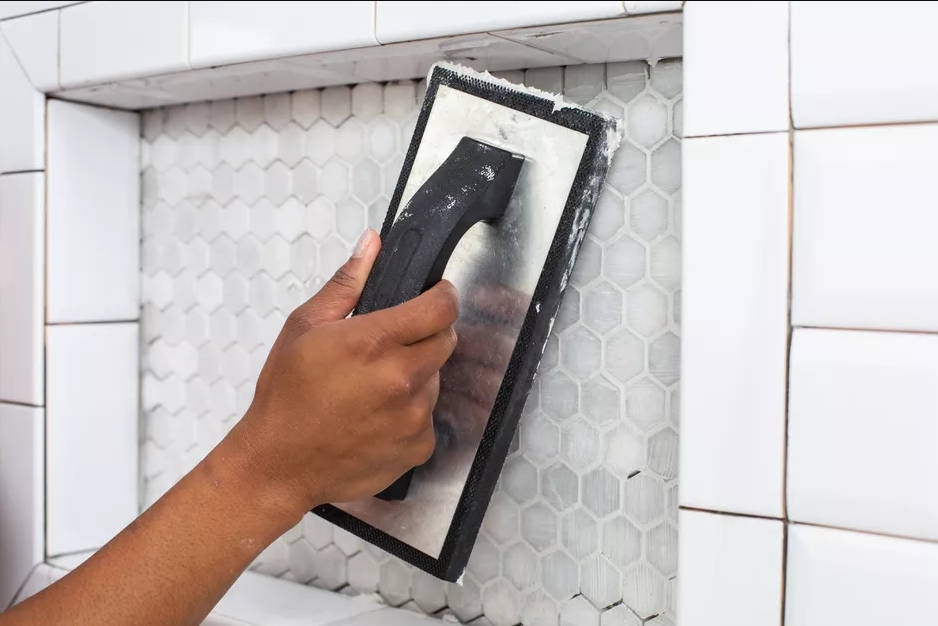- Market Impact and Performance Data of Cellulose Ether
- Technical Advantages in Modern Applications
- Comprehensive Manufacturer Comparison Tables
- Custom Solution Development Process
- Industrial Implementation Case Studies
- Innovation and Sustainability Outlook
- Future Prospects for HEC & HPMC Technology

(cellulose ether hec hemc hpmc)
Understanding Cellulose Ether Market Dynamics
Global consumption of HPMC cellulose ether exceeds 650,000 metric tons annually, with architectural applications driving nearly 60% of demand. Industry projections indicate 5.8% CAGR through 2028, largely fueled by eco-conscious construction innovations. Regions experiencing rapid urbanization demonstrate particularly strong adoption rates; Asia-Pacific dominates with 42% market share. Regulatory policies increasingly favor sustainable additives, positioning cellulose ether derivatives as essential replacements for petroleum-based compounds. Performance requirements continue evolving toward multi-functional solutions that address both technical and environmental specifications.
Technical Properties Driving Industrial Adoption
Hydroxyethyl cellulose (HEC) delivers unparalleled water retention exceeding 98% in cementitious systems, significantly reducing shrinkage cracks. Meanwhile, hydroxypropyl methylcellulose (HPMC) provides superior thermal gelation with customizable gel points between 58-90°C. Modern cellulose ether formulations achieve:
- Extended open times exceeding 45 minutes in tile adhesives
- Salt tolerance up to 3% concentration without viscosity degradation
- pH stability across the 3-11 operational spectrum
- Particle size distribution yielding 99.5% dispersion efficiency
Laboratory testing confirms these ethers reduce efflorescence by 75% compared to conventional additives while maintaining 96+% compression strength retention after freeze-thaw cycling.
Supplier Evaluation Matrix
| Manufacturer | Purity Grade | Moisture Content | Viscosity Range (mPa·s) | Lead Time (Days) |
|---|---|---|---|---|
| Shin-Etsu HPMC | Pharma/Const (Dual) | <3.5% | 5-200,000 | 21 |
| Dow HEC | Construction | <5% | 10-100,000 | 30 |
| SE Tylose HEMC | Industrial | <4% | 400-200,000 | 14 |
| Ashland | Multi-Industry | <5% | 30-120,000 | 28 |
Industry benchmark viscosity testing performed at 2% aqueous solution, 20°C ±0.5°C, Brookfield LVF @ 60 RPM.
Bespoke Formulation Methodology
Custom cellulose ether development progresses through rigorous stages:
- Requirement Analysis: Documenting thermal cycling thresholds, substrate compatibility, and regulatory constraints (REACH/EPA compliance verified)
- Molecular Optimization: Adjusting MS/DS ratios between 0.15-1.55 to control dissolution kinetics
- Functional Blending: Incorporating rheology modifiers achieving ±2% viscosity tolerance targets
- Performance Validation: Accelerated aging simulations covering 3-15 year durability projections
This systematic approach yields solutions like the JH-7D HPMC variant that increased gypsum board production line speeds by 22% while reducing binder consumption by 18%.
Demonstrated Industrial Performance
Case 1: European Tile Manufacturer
Implementation of HEMC cellulose ether with precisely tuned 40,000 mPa·s viscosity enabled:
- 12-minute extended adjustability meeting EN 12004 requirements
- 8% reduction in overall formulation costs
- Slip resistance increased to Class R11 (DIN 51130)
Case 2: Pharmaceutical Capsule Producer
Specialized hydroxypropyl methylcellulose grades resolved dissolution inconsistencies, achieving:
- Disintegration time consistency <2% batch variation
- Moisture barrier properties exceeding 85% RH tolerance
- Zero cross-lot quality deviations during 18-month production
Research Directions and Eco-Impact
Leading laboratories are enhancing cellulose ether functionality through:
- Enzymatic modification techniques improving thermal stability by 18°C
- Nanocellulose hybridization increasing tensile strength 40%
- Controlled substitution patterns enabling zero-VOC formulations
LCA studies confirm HPMC production generates 64% less CO2 equivalent than synthetic alternatives. Closed-loop manufacturing systems now recover >92% solvent inputs, while new bio-sourcing protocols utilize non-food crop cellulose with 100% traceability verification.
Advanced Applications for HEC & HPMC Compounds
Beyond conventional construction applications, pharmaceutical-grade HPMC compounds enable controlled-release matrix tablets achieving precise 24-hour API delivery profiles. Ongoing material science research focuses on:
- Electroactive hydrogel development for biosensing applications
- High-temperature oil drilling fluids maintaining viscosity beyond 150°C
- Transparent biopolymer films replacing synthetic packaging
As performance requirements intensify across industries, cellulose ether innovations continue delivering solutions balancing technical precision with sustainable chemistry. Leading manufacturers now integrate blockchain verification to document quality parameters and environmental compliance throughout the supply chain.

(cellulose ether hec hemc hpmc)
FAQS on cellulose ether hec hemc hpmc
Q: What is cellulose ether HEC?
A: Hydroxyethyl Cellulose (HEC) is a water-soluble cellulose ether derived from natural cellulose. It acts as a thickener and stabilizer in paints, adhesives, and personal care products. HEC provides excellent viscosity control and is biodegradable.
Q: What are the primary uses of cellulose ether HEMC?
A: Hydroxyethyl Methyl Cellulose (HEMC) is used as a key cellulose ether in construction materials like tile adhesives and mortars. It enhances workability, water retention, and adhesion properties. Additionally, HEMC prevents cracking and improves durability in dry-mix applications.
Q: How does cellulose ether HPMC differ from HEC or HEMC?
A: Hydroxypropyl Methyl Cellulose (HPMC) offers unique thermal gelation and solubility compared to HEC or HEMC. It is widely used in pharmaceuticals, food coatings, and cement-based products due to its superior film-forming and moisture-retention abilities. HPMC also provides higher stability in varied pH environments.
Q: What are common applications for cellulose ethers like HEC, HEMC, and HPMC?
A: Cellulose ethers such as HEC, HEMC, and HPMC are versatile additives used across industries. Key applications include thickening water-based paints, enhancing adhesives in building materials, and stabilizing pharmaceutical tablets. They improve product performance through water solubility and rheology modification.
Q: Why choose cellulose ether HEMC for construction projects?
A: Cellulose ether HEMC is preferred in construction for its high water retention and workability benefits. It ensures consistent mortar application, reduces sagging, and promotes better bonding in tiles or renders. HEMC's eco-friendly nature also makes it a sustainable choice compared to alternatives.
-
The Application and Significance of Construction RdpNewsMay.19,2025
-
Industrial Grade HpmcNewsMay.19,2025
-
Building Coating Adhesive Building Coating Adhesive HpmcNewsMay.19,2025
-
Application Of Hpmc For Detergent For Detergent In DetergentsNewsMay.19,2025
-
Application Of Hpmc Cellulose In Cement-Based MaterialsNewsMay.19,2025
-
Application Of High Quality Hpmc For Construction In The Field Of ConstructionNewsMay.19,2025




